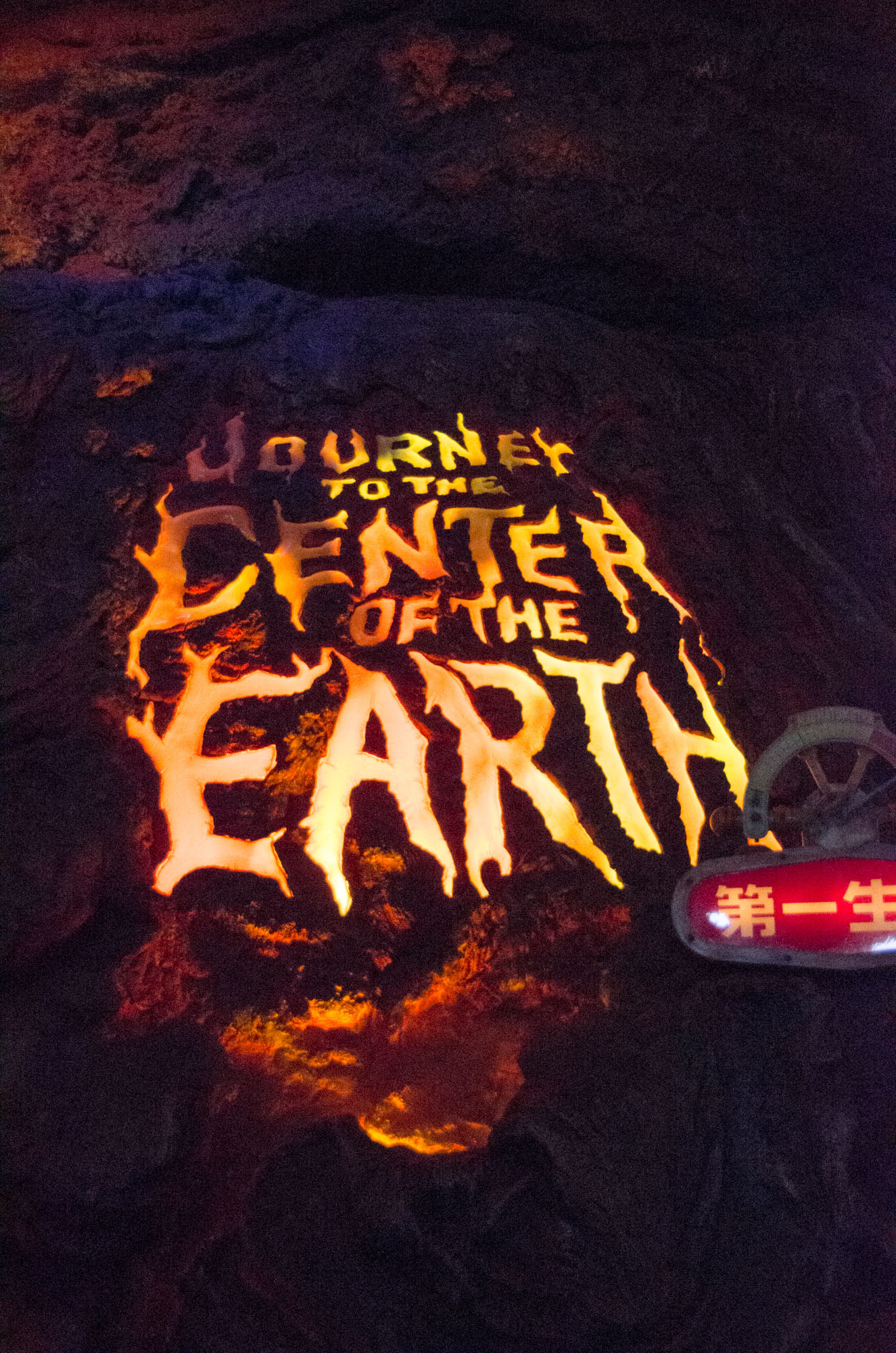Journey Below The Earth
Tulip Test Gardens Tulip.What'sHappening Underground?Soil Temperature InvestigationTeacher BackgroundOne winter, Journey North staff dug through the snow and stuck in a soil thermometer. When the air temperature was 2°F. Below zero, the soil two inches down was 27°F.
What was going on?In the winter, soil temperatures tendto be higher than air temperatures. (See B,below. 'Ground surface' is the air temperature.)Soil can hold heat better than air does. It is also insulated by soil aboveit, vegetation, and snow. In fact, the deeper you go, the more insulation andthe higher the average temperature, to a point. From about 30 to 200 feet belowthe surface, the soil temperature is relatively constant (about 55 degreesF.).Airtemperatures (and shallow soil temperatures) also fluctuate morethan temperatures in deeper soils over the course of a day or year. (See A and B,below.)It takes deeper soil layers longer to respond to changes in the surface thatare caused by daily and seasonal changes in the amount of the sun's energyreaching the earth.
By the time you reach about 30 feet deep, soil temperaturesare fairly constant.Inthe summer, the whole cycle reverses! (See B,below.)In the spring, air and soil temperatures both rise, but the soil warms up moreslowly. So by the time summer comes, the soil temperature is lower thanthe air temperature.
The Hollow Earth is a concept proposing that the planet Earth is entirely hollow or contains a substantial interior space. Notably suggested by Edmond Halley in the late 17th century, the notion was tentatively disproven by Pierre Bouguer in 1740, and definitively by Charles Hutton in his Schiehallion experiment around 1774. It was still occasionally defended through the mid-19th century.
And the deeper you go in the summer, to a point, the coolerthe soil is. B.Soil temperatures during a year at different depths.
(.). Inthe winter, the deeper the soil, the warmer the temperature.This reverses in the summer.
Ingeneral, deeper the soil, the more constant the temperatures.DigDeep in the Earth!If you could dig deeper than 400 feet in the earth, you'd find that thetemperature begins to rise again. Othello the of venice crossword. (That's because radioactive elementsdeep in the earth are slowly disintegrating and producing heat.) Initially,it increases by an average of 1.5 degrees per 100 feet (or 25 degreesC per kilometer). At 24 miles below the earth's surface, the temperatureaverages 1,800 degrees F. The center of the earth (about 4,000 milesdown) is closer to 8,000 degrees F.

This animated version is not bad. It is not as good as the classic 1959 film, though I wasn't expecting it to be, but is still leagues better than SyFy's. It is also better than Blye Migicovsky's version of The Count of Monte Cristo, which I disliked. It does have its flaws, I do think it is too short, consequently there are a few parts that felt rushed and the more thrilling sequences much too brief. There are logical lapses such as with Gower and the lodestone, and I do agree that Hercules is far too reminiscent of a chipmunk.
However while simple in its style, the animation is more colourful in backgrounds and less blocky in character design than The Count of Monte Cristo, while the score is rousing and the songs while not the best songs I've ever heard are decent and actually help to move the story forward. The dialogue is amusing, the story mostly skips along nicely and did on the whole hold my attention, while the characters are at least not dull or unlikeable and the voice acting is solid.
All in all, not a bad animated version, better than I expected actually. 5/10 Bethany Cox.